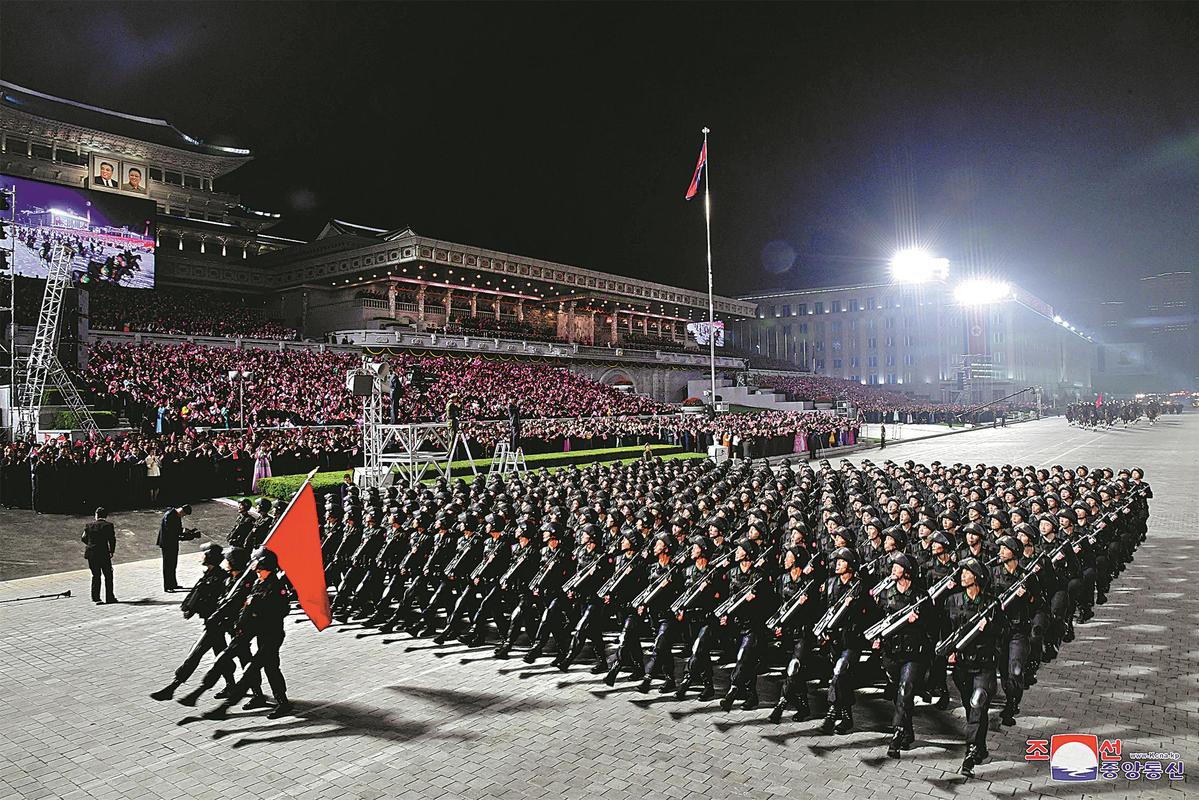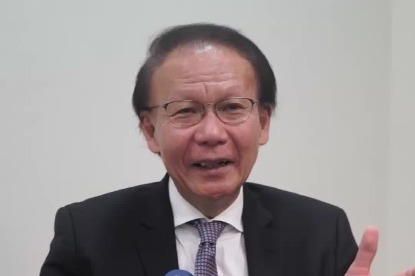Peninsula tightrope both taut and fraught


Casting shadow
In addition to demanding what the DPRK calls "hostile policy" to stop, it started to call on the ROK and the US to cease "double-dealing" standards, a reference to the allies casting its missile tests as "provocations" while justifying their own as deterrence against Pyongyang.
The rising tension cast more uncertainty over prospects for peace on the peninsula, observers said.
However, there was once a silver lining. The restoration of inter-Korean communication lines in July after more than a year of suspension raised hopes for a thaw in cross-border relations.
But gloom set in again in August as Pyongyang protested over a summertime ROK-US military exercise. The lines were back up and running again in October.
Then came Seoul pushing for an end-of-war declaration.
Seeking to reengage with the DPRK, ROK President Moon Jae-in made the call in an address to the United Nations General Assembly in September.
The DPRK and the ROK are still technically at war after their 1950-53 conflict ended in a cease-fire.
It was the fourth time Moon had made such a call since 2018, media reports said, and it received a cool reception. Pyongyang rejected the proposal as premature and said there was no guarantee it would lead to the US abandoning its hostility toward the DPRK.
US National Security Adviser Jake Sullivan said in late October that Washington and Seoul "may have somewhat different perspectives on the precise sequence or timing or conditions for different steps". He made the comment in a news briefing that was widely seen as an illustration of how wide apart the two allies remain over the end-of-war issue.
"The US wouldn't be happy to see peace between the ROK and the DPRK, which would weaken the US-ROK alliance," Li said. "The first question would be, 'What about US troops stationed in the ROK?'" The US has about 28,500 troops in the ROK.
































